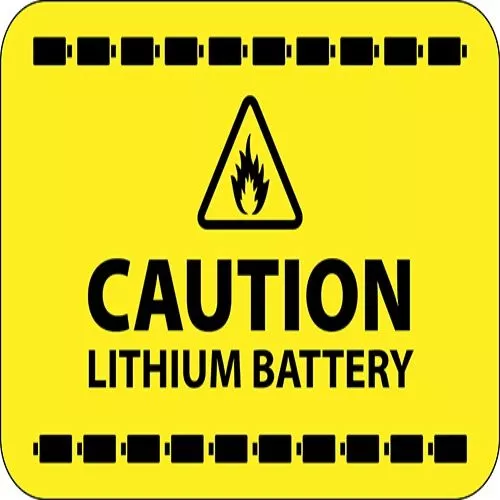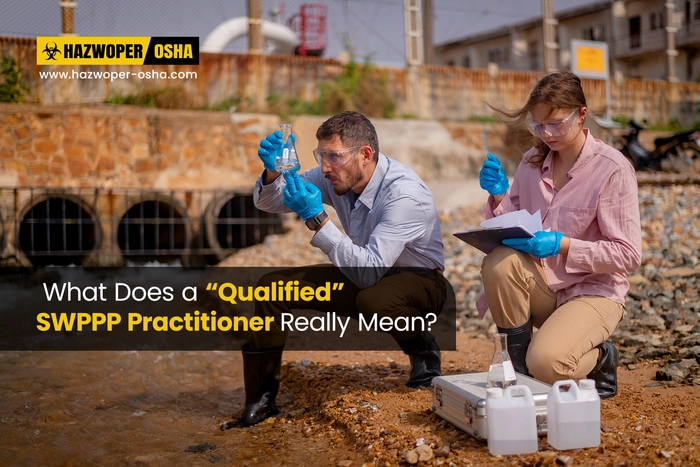Hazmat Training in Compliance with U.S. Department of Transportation’s Hazardous Materials Regulations

Hazardous materials shippers, carriers, transporters, packaging manufacturers, and drivers are aware that many rules and regulations must be followed when transporting hazmat and other dangerous chemicals. The Department of Transportation (DOT) has issued a Code of Federal Regulations (Title 49 – Transportation, 49 CFR) which govern the transportation of hazardous materials (hazmat) detailed under the Hazardous Materials Regulations (HMR). This set of regulations applies to all individuals involved in the transportation value chain and governs interstate, intrastate, and international hazmat transportation.
The Pipeline and Hazardous Materials Safety Administration (PHMSA) oversees the implementation of the U.S. DOT’s HMR; and supports and advances the safe transportation of hazardous materials via highway and road, air, rail, and water (vessel).
What are the Hazardous Materials Regulations?
The Hazardous Materials Regulations often referred to as the “HMR”, are a set of rules and regulations that explicitly convey the requirements when handling, storing, packaging, labeling, and marking hazardous goods for transportation. The HMR also provides detailed guidance on general placarding requirements for cargo tankers, cargo carriers, vehicles, freight containers, rail cars, and aircraft unit load devices, among others. The special placarding requirements for highway and rail transportation are also detailed in the HMR. Additionally, the HMR also has a dedicated section for safety and security requirements to be implemented during the transportation of hazardous materials.
In the 49 – Transportation CFR, the HMR is divided into Parts 100-185. These HMR parts govern the transportation of hazardous materials across all modes of transportation, that is, highway, rail, air, and water.
All individuals involved in the preparation of hazardous materials for transport and the transportation of hazmat must have a basic understanding of the HMR, and be able to implement the necessary processes that adhere to the stated requirements of the HMR.
A point to note: The HMR is not just a useful tool, but a critical success factor in safeguarding employees, the community, and the environment from hazmat disasters.
The HMR is divided into four main categories:
- Hazardous materials identification and classification.
- Hazard communication – this entails the requirements for the preparation of shipping papers, as well as the marking and labeling of hazmat packages, and the placarding of hazmat transport vehicles to communicate the hazards of the materials being transported to emergency responders and those who handle hazardous materials routinely.
- Packaging requirements.
- Operational rules.
What is the Hazardous Materials Table?
The Hazardous Materials Table (HMT) is an integral part of the HMR, containing the information needed to ensure compliance with the U.S. Department of Transportation’s Hazardous Materials Regulations. The HMT lists all the hazardous materials for the purposes of transportation. The HMT divided into 10 columns, provides detailed guidance on the use of the proper shipping name and description of the hazmat to be transported, as well as the hazard class, packaging requirements, marking and labeling requirements, placarding needs, special provisions, quantity limitations aboard passenger and cargo aircraft, and vessel stowage requirements for each identified hazardous material or chemical.
Here's an example of lithium batteries as identified in the Hazardous Materials Table.

To better understand how the HMT is organized and its requirements, our 2-Hour Function-Specific DOT Hazardous Materials Table Training course will provide adequate information to the learner.
 Safety Training in Compliance with the DOT Hazardous Materials Regulations
Safety Training in Compliance with the DOT Hazardous Materials Regulations
The above brief explanation of the HMR and the HMT should give the reader a general idea that following and complying with the rules and regulations related to the transportation of hazardous materials by highway, rail, air, and water can be a daunting task. However, having a good understanding of the HMR will minimize the risks involved with the transportation of hazardous materials.
To support employers to safeguard their employees, the public, and the environment during all hazmat transportation-related activities, we have prepared and presented a comprehensive 10-Hour Advance General Awareness Training program that is fully narrated and can be taken online using your iPhone®, iPad®, MacBook®, laptop, PC, or any other Android device.
We offer group discounts on our online training courses.
For details call us (866) 429 6742
As our training courses are designed and developed by OSHA Certified Outreach Trainers, they are guaranteed to meet the Federal OSHA and Federal Regulations of the DOT. As such, our DOT Hazmat Transportation Series and our Shipping Lithium Batteries Series are fully compliant with the requirements of the United States Department of Transportation Hazardous Materials Regulations (HMR; 49 CFR Parts 171-180).
Additionally, our Shipping Lithium Batteries training course, meet the compliance requirements of the IATA Dangerous Goods Regulations (DGR, Section 1.5), and IMDG Code (Section 1.3.1).
If you prefer to train your employees at your workplace as a team, we provide in-person on-site with an experienced trainer as well as instructor-led virtual training programs. For details call us (866) 429 6742
Frequency of DOT Hazmat Training
Rules, regulations, and compliance needs change over time, and as new scenarios emerge. Hence, the DOT requires hazmat employers to train their hazmat employees once every three years to ensure that they remain updated and knowledgeable about the DOT HMR as it applies to the workplace and a worker’s job tasks.
For employees involved in the transportation of hazardous materials by air, the Federal Aviation Administration (FAA) and IATA Dangerous Goods Regulations (DGR) require recurrent training once every two years.

 EN |
EN |  ES
ES
































































































































